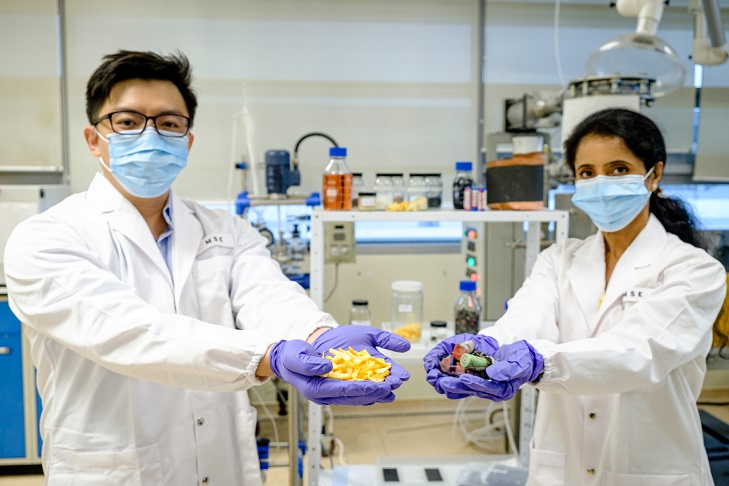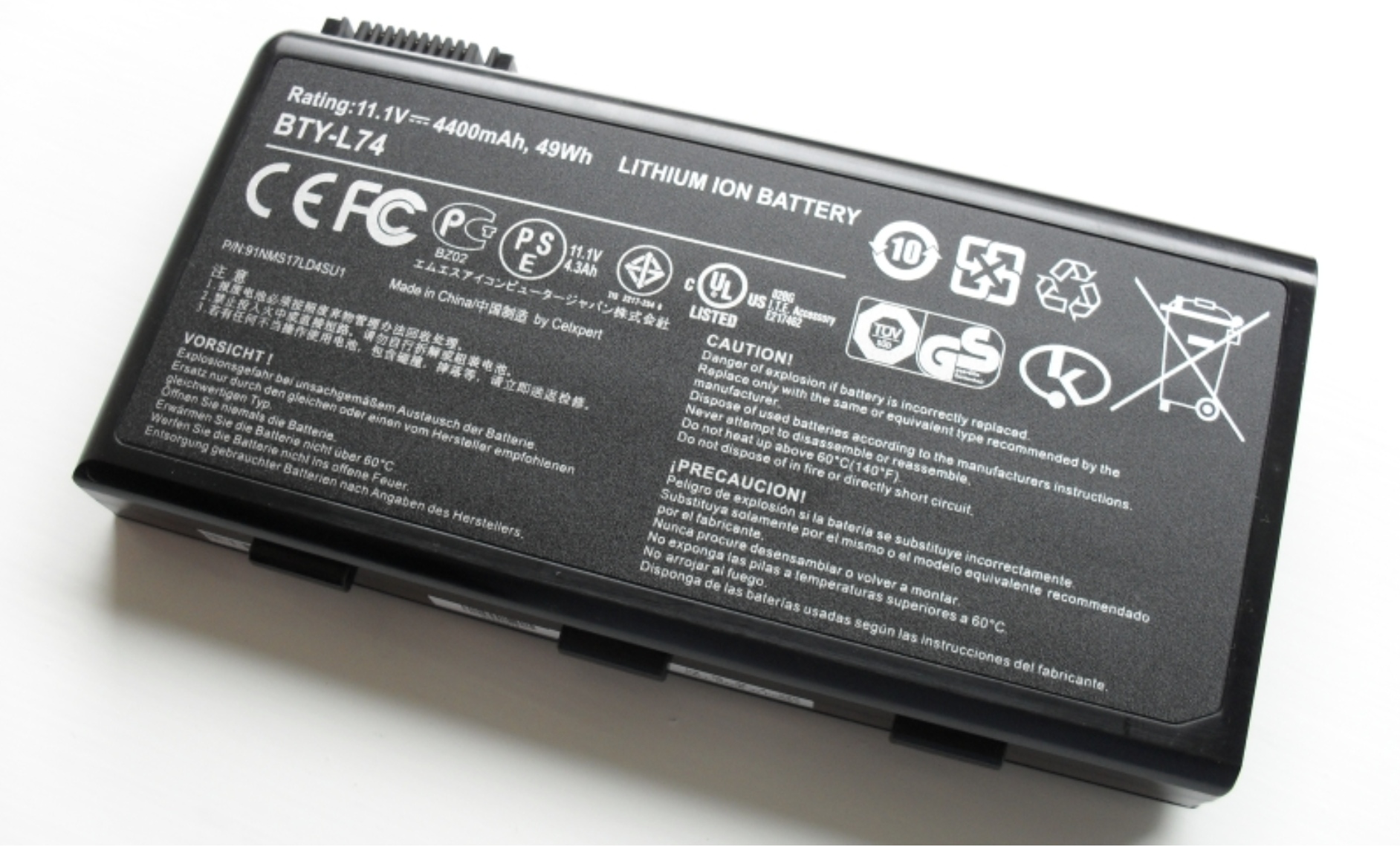Please check the information entered!
- Please check the information entered
A log-in email has been sent to your email address
Forgot password? Reset password
You could be forgiven for thinking that lithium-ion batteries — like the ones found in smartphones, laptops, electric mobility vehicles and more — are no longer much good once they have lost their charge. However, the reality is they still contain lots of valuable metals, such as lithium, cobalt, manganese and nickel, which can be recovered and recycled.
But up until now, recovering the valuable metals in lithium-ion batteries has involved smelting them at extremely high temperatures so the metals melt and run out. However, this process not only requires a significant amount of energy, but also produces toxic gases.
Then there is a possible alternative technique that involves shredding and crushing used batteries, before adding acids and hydrogen peroxide while heating to precipitate the metals from them. While this still-experimental technique, known as hydrometallurgy, is more environmentally friendly than smelting, it could still produce a significant amount of pollutants when used on an industrial scale.
Now, a new, more eco-friendly way of reclaiming the metals found in lithium-ion batteries has been developed using orange peel!
With the limitations associated with hydrometallurgy at the front of their minds, scientists from Singapore's Nanyang Technological University tried using orange peels instead of the usual acids and hydrogen peroxide. Specifically, they used oven-dried orange peels that had been ground into a powder and then combined with citric acid obtained from citrus fruit.
Amazingly, the scientists were able to successfully extract around 90% of the lithium, cobalt, nickel and manganese from dead lithium-ion batteries. This level of efficiency is on a par of that achieved with hydrometallurgy, but does not produce toxic residue in the process.
The scientists are now conducting further tests to see if the batteries they made using the recovered metals have a similar lifespan to commercially available models.
The research is published in the journal Environmental Science & Technology >>> https://www3.ntu.edu.sg/CorpComms2/Research%20Papers/Fruit%20waste%20to%20treat%20battery%20waste.pdf

Image credit: Nanyang Technological University

Image credit: Wikimedia Commons